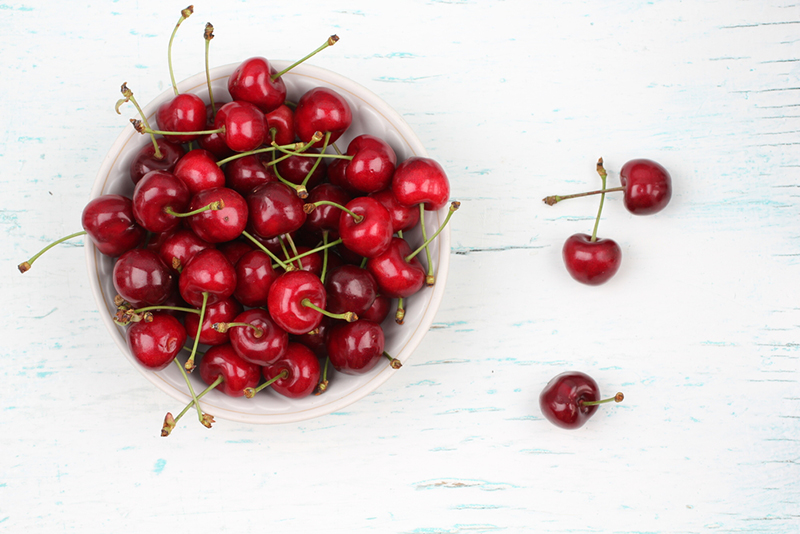
What do bananas on your cereal, onions in your chili, and pears for your dessert have in common? They’re great ways to get the fruits and vegetables you need to help you live a healthy, active life.
Activity Level Determines the Calories you Need
According to the USDA, a woman in good health and 50 years old or older should get 2,000 to 2,200 calories a day if she is active. Active means walking more than 3 miles per day at 3 to 4 mph in addition to daily activities. A woman who is moderately active—walking 1.5 to 3 miles a day at 3 to 4 mph in addition to daily activities—should have 1,800 calories a day; a woman who gets little daily activity should have 1,600 calories a day. A man in good health and 50 years old or older should get 2,400 to 2,800 calories a day if he is active; 2,200 to 2,400 calories a day if he is moderately active; and 2,000 calories a day if he is mostly sedentary.
Fight Disease and Weight Gain
Getting the right amount of nutrient-rich foods can help you stave off chronic diseases and weight gain as you age. Poor diets can contribute to the development of some cancers, high blood pressure, heart and kidney disease, obesity, diabetes and other serious illnesses.
Use Rainbow of Fruit and Vegetables, Rather than Supplements
In addition to getting protein from chicken, fish, low-fat or fat-free dairy and beans, focus on a rich variety of produce, including dark green, red and orange vegetables. Produce is packed with nutrient-rich, disease-fighting substances that work together to protect good health. The USDA underscores the need for fresh fruits and vegetables rather than pills or supplements.
Frozen Fruit and Vegetables are a Good Alternative to Fresh
Although fresh fruits and vegetables are the preferred choice, they may be cost prohibitive or unavailable. Fresh frozen foods are the closest alternative to fresh in nutritional value and are a good alternative. You can also buy low-sodium canned vegetables or wash them off prior to cooking to reduce the sodium content. Look for canned fruit packed in its own juice rather than in heavy syrup to reduce the calories and sugar content. Consume high-calorie fruit juices sparingly.
Questions About Your Nutrition?
Ask your primary care physician. If you are managing diabetes, Valley’s Diabetes Education & Nutrition Clinic offers personal nutritional guidance and an American Association of Diabetes Educators-recognized program. For more information, visit valleymed.org/diabetes.

